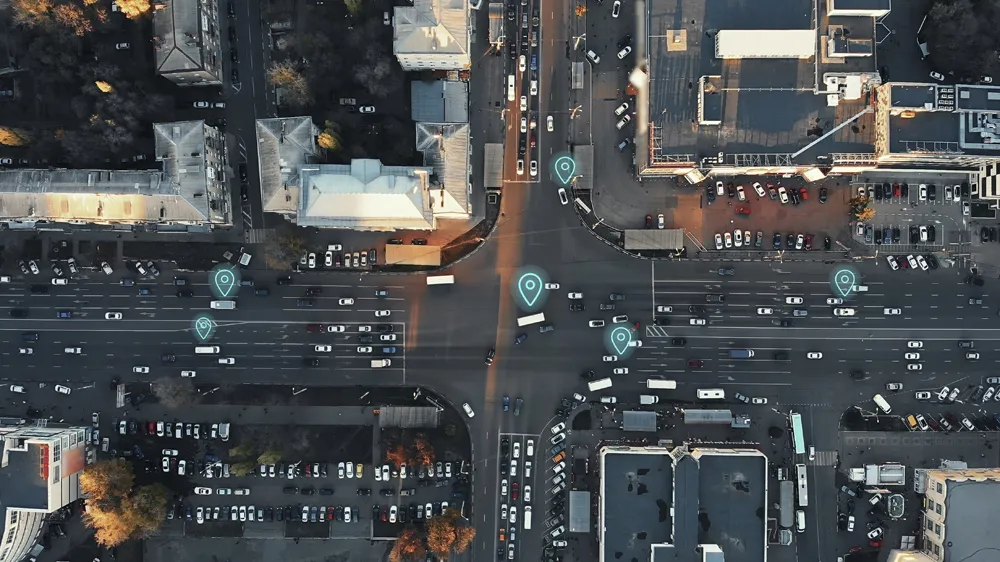Optelecom-NKF has released its Siqura S-68 E video server, an easy-to-install encoder that requires very little maintenance while still providing outstanding performance and reliability. With the capacity to compress and stream video in H.264 from 88 analogue cameras per one 19in/3U power supply cabinet, the company claims the S-68 E is now one of the industry's most efficient, high-density solutions, making it ideal for large, professional installations where space and cost per channel are a concern. Moreo
June 19, 2012
Read time: 2 mins

S-68 E is now one of the industry's most efficient, high-density solutions, making it ideal for large, professional installations where space and cost per channel are a concern. Moreover, since each module consumes a mere 0.9W per channel, the S-68 is also an environmentally friendly and cost-effective solution.
Through an intuitive access-controlled web interface, it is possible to configure an array of features included in the S-68 E, such as the use of video motion detection or serial data streams to control a PTZ camera or implement access control. Additionally, these compact video servers are based on an open streaming architecture standard that simplifies their use in third-party systems.










